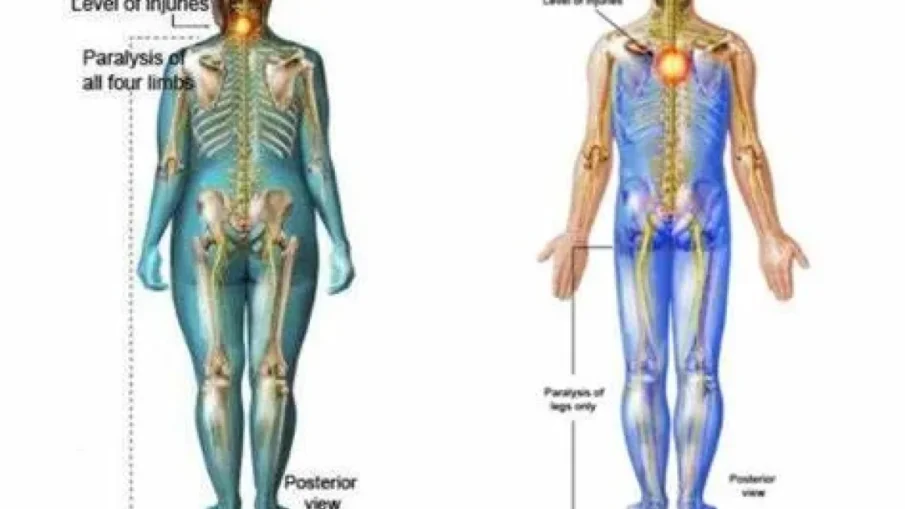Paraplegia is the symptom of paralysis that mainly affects your legs (though it can sometimes affect your lower body and some of your arm abilities, too). This usually happens because of injuries to your
nervous system, especially your spinal cord, but it can also happen with various medical conditions and diseases.
What are the most common causes of paraplegia?
The most common cause of paraplegia is injury to your spinal cord. Those injuries can happen in many different ways. The most common reasons are;
Accidents- Motor vehicle crashes, Penetrating injuries (especially from gunshot or stab wounds), Falls (especially in older adults with bone density-related conditions like osteoporosis or osteopenia).
Spine tumors(cancers)- This can involve cancer that develops on or around your spinal cord, or that starts elsewhere in your body and spreads to your spine.
Congenital conditions (that you have when you’re born) where you have a problem with your spine or spinal cord structure, such as myelomeningocele or spina bifida.Injuries that happen during birth or very early childhood, causing conditions like cerebral palsy.
Autoimmune or inflammatory conditions- Guillain-Barré syndrome, multiple sclerosis or transverse myelitis. Genetic conditions like hereditary spastic paraplegia.
This information is according to the Cleave land clinics published on 10th August 2022.
In conclusion, There is no way to cure paraplegia. However, in some cases, people are able to regain some control over the affected areas. Additionally, treatments can help you manage paraplegia.



